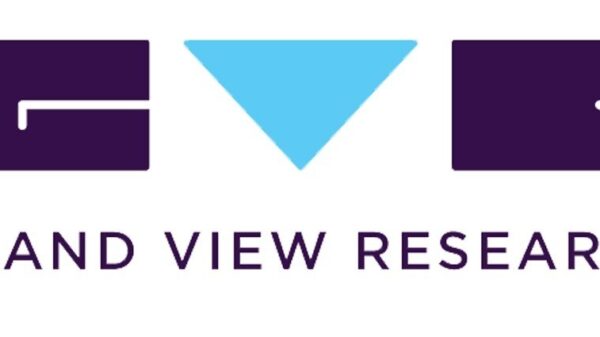Retiring at the age of 55 can signal a significant life transition, yet many individuals may overlook crucial factors affecting their 401(k) plans. Early retirement comes with its own set of rules, potential tax implications, and strategic decisions that can dramatically influence financial stability. Understanding these elements can be the key to a successful and fulfilling early retirement.
Shifting from wealth accumulation to drawing from investments poses unique challenges. The journey typically starts with thorough planning and disciplined saving, but the real task lies in managing the funds effectively once they are available. A recent discussion on the Financial Planning subreddit highlighted this dilemma, featuring a 55-year-old investor looking to balance risk and growth while adhering to a 4 percent annual withdrawal rate.
It is essential to tailor investment strategies to individual risk tolerance and long-term financial goals. While some investors may prefer high-risk opportunities like cryptocurrencies, others may prioritize the stability of high-yield savings accounts. Assessing personal risk appetite is a vital first step in this recalibration process.
Evaluating Risk Tolerance
An investor’s risk tolerance can vary significantly, influencing how they manage their 401(k) and other assets. For instance, those who have invested in mutual funds or exchange-traded funds (ETFs) should review their current holdings to determine alignment with their risk preferences.
Investors must consider how long they are willing to wait for their portfolios to recover from market fluctuations. If they foresee a need for stability, a more defensive investment strategy may be wise. Conversely, if growth is still a priority, maintaining some level of risk could be necessary.
In addition to the 401(k), it is prudent to evaluate other financial assets. Home equity, brokerage accounts, and any other investments should factor into the overall risk assessment. Understanding this broader financial picture can aid in making informed decisions regarding asset allocation.
Shifting Towards Conservative Investments
As individuals approach retirement, a gradual transition to more conservative investments can help preserve wealth. Drastic changes, such as liquidating all stocks in favor of high-yield bonds, may not be advisable. A more measured approach involves determining appropriate percentages for stocks and bonds based on age and risk tolerance.
A common guideline suggests subtracting one’s age from 100 to find the percentage of assets to allocate to stocks. For a 55-year-old, this formula would recommend allocating 45 percent to stocks and 55 percent to bonds. Some may opt for more aggressive allocations using modified formulas, such as substituting 100 with 110 or 120.
Target date index funds offer an additional option for those preferring a hands-off investment strategy. These funds automatically adjust the asset mix to become more conservative as the target retirement date approaches. For example, the Vanguard Target Retirement 2050 Fund shifts from stocks to bonds as retirement nears, enabling investors to simplify their investment management.
Assessing Withdrawal Needs
Determining whether a 4 percent withdrawal rate from a 401(k) is sufficient for living expenses is crucial. Investors should evaluate if this rate allows for a comfortable lifestyle or if it necessitates strict budgeting.
While a 4 percent withdrawal may seem manageable, it is essential to consider the impact of inflation on future expenses. Remaining invested in equities for a longer duration may provide a better buffer against rising costs, but careful financial assessment is necessary before making any decisions.
Transitioning from accumulating wealth to generating income from investments is a pivotal phase in retirement planning. Many investors spend years honing their skills in stock selection but may overlook the complexities of ensuring a reliable income stream.
Recognizing the challenges associated with this shift is vital for those approaching retirement in their 50s, 60s, and 70s. Resources like the Ultimate Guide to Retirement Income, which outlines strategies for converting investments into income, can be invaluable as individuals navigate this significant life change.
In summary, understanding the hidden rules surrounding 401(k) management during early retirement is essential for achieving financial security. By evaluating risk tolerance, gradually shifting investment strategies, and assessing withdrawal needs, retirees can better prepare for a fulfilling and stable future.



































































